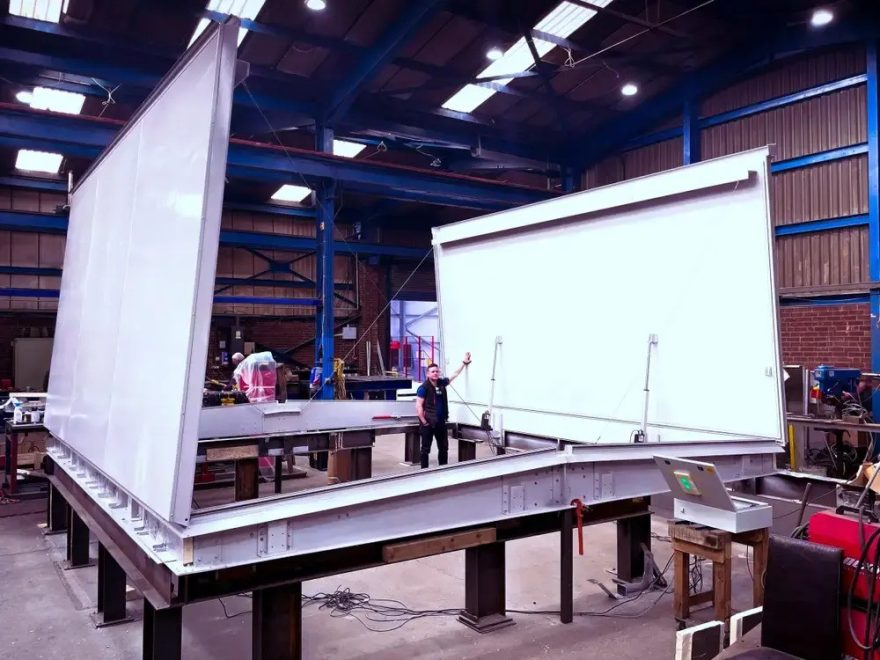A new tariff on aluminium imports, imposed by the Trump administration, is now having a measurable impact on public infrastructure budgets in the United States, adding substantial and unexpected costs to critical developments.
Surespan Limited, a British-based supplier of industrial access systems for US infrastructure, has been directly affected by the 25% tariff introduced on 12 March 2025. The financial strain from the new duty is already being felt, with project budgets under pressure just one month later.
Aluminium Duties Amplify Procurement Challenges
One ongoing public infrastructure project has experienced a sudden price increase of $150,000—on top of its original $500,000 cost—due entirely to the aluminium tariff. With Surespan uniquely positioned to supply the specialist equipment required, the additional cost cannot be avoided. This represents a 30% increase in the overall budget—costs that public funds must now absorb.
“Our team at Surespan is committed to providing essential, high-quality components for American infrastructure. However, these tariffs create unavoidable cost pressures that are ultimately reflected in the price of public projects, placing a direct financial impact on the communities these projects serve,” said Robert Fletcher, Business Development Director at Surespan.
Despite efforts to reduce the impact through strategic coordination with stakeholders, Fletcher acknowledged that tariff-related expenses are effectively a tax on public works that companies alone cannot mitigate.
Long-Term Implications for Infrastructure Investment
Policy analysts and economists now warn that the tariffs are leading to project delays, inflated costs, and reduced returns on public investment. Critical sectors such as renewable energy, homebuilding, and transport are facing budget constraints, while contractors report price surges in essential materials.
As project timelines stretch and expenses rise, the burden will inevitably return to taxpayers—via higher bills, levies, or cuts to vital public services. For local governments already working with tight budgets, this presents a growing policy dilemma.
“Stakeholders in both industry and government are watching closely. The added $150,000 on a single project is a stark example of a nationwide trend: tariff-driven cost surges that ultimately hit the public wallet,” added Fletcher.
“As infrastructure needs grow and funding is stretched thin, the pressure is on to address how trade policies are impacting the very communities they aim to protect. We are urging media and policy leaders to scrutinise these developments, as the true cost of tariffs becomes increasingly clear in towns and cities across America.”

